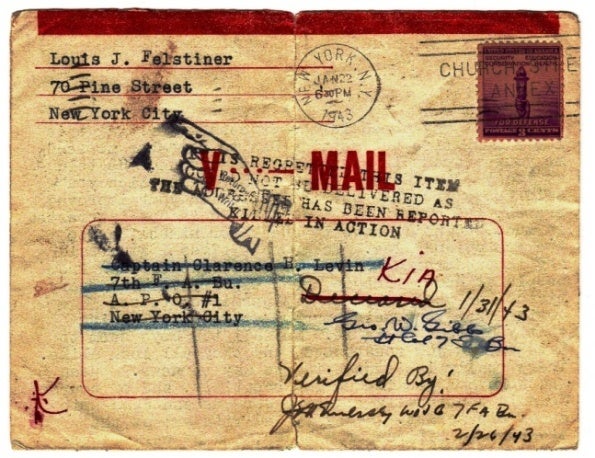“To the Old Country,” by Andrew D. Cohen
I’d been wandering for the better part of two hours through the outskirts of Lviv, or Lvov, or Lemberg or Lwów—it was hard to know what to call this city, given how many countries and empires had conquered, reconquered, occupied, reoccupied, or otherwise staked claim to it—looking for a concentration camp called Janowska, where upwards of 200,000 Jews, including, possibly, my grandmother’s older brother, Pinchas, had been worked to death or shot, unless they’d somehow survived all that and been put on a train to Belzec where they were taken care of once and for all.
“To the Old Country,” by Andrew D. Cohen Read More »
I’d been wandering for the better part of two hours through the outskirts of Lviv, or Lvov, or Lemberg or Lwów—it was hard to know what to call this city, given how many countries and empires had conquered, reconquered, occupied, reoccupied, or otherwise staked claim to it—looking for a concentration camp called Janowska, where upwards of 200,000 Jews, including, possibly, my grandmother’s older brother, Pinchas, had been worked to death or shot, unless they’d somehow survived all that and been put on a train to Belzec where they were taken care of once and for all.






